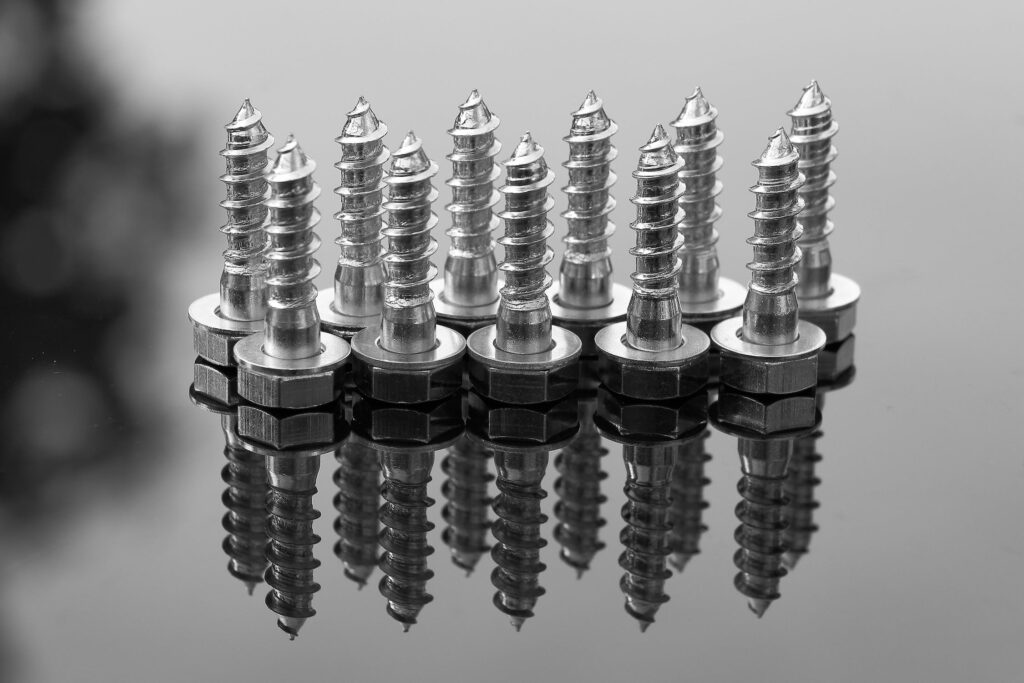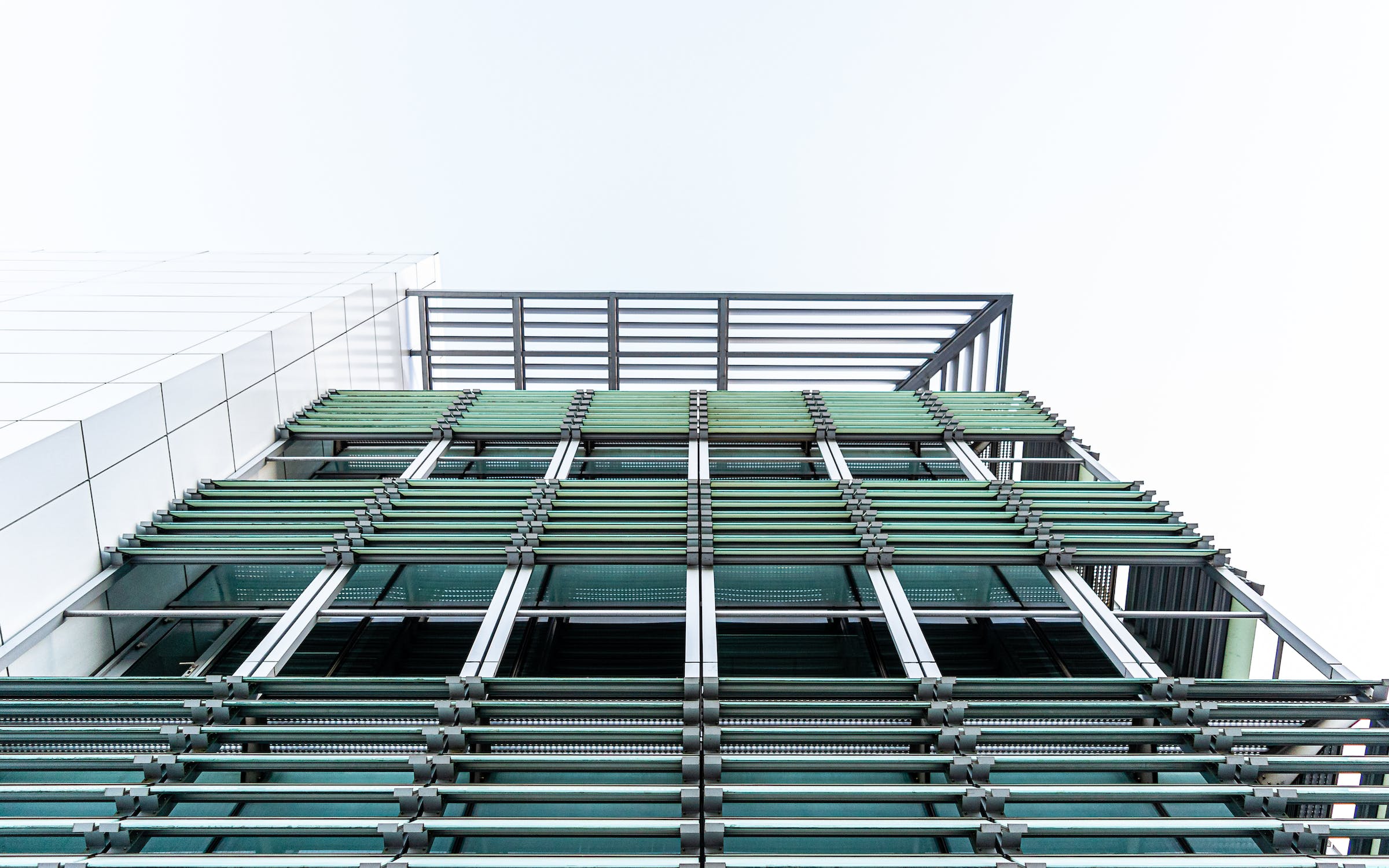The construction industry is at the cusp of a revolution as new materials and innovative technologies continue to emerge. From self-healing concrete to carbon-absorbing bricks, these groundbreaking innovations are not only redefining the way we build but also paving the way for a more sustainable and efficient future. This blog post will delve into some of the most promising construction materials and their potential applications in shaping the future of construction.
Self-Healing Concrete
Concrete is one of the most widely used construction materials globally, but its susceptibility to cracks and deterioration has always been a challenge. Researchers have now developed self-healing concrete, which has the ability to repair itself using bacteria. These microorganisms are encapsulated in biodegradable capsules and embedded within the concrete mix. When cracks appear, the capsules break open, releasing the bacteria. The bacteria then produce calcium carbonate, which fills the cracks and effectively repairs the concrete.
This innovative material has the potential to dramatically reduce maintenance costs and improve the durability of buildings and infrastructure. Additionally, it can mitigate the environmental impact of concrete production by reducing the need for regular replacements.

Carbon-Absorbing Bricks
With the construction industry being a significant contributor to carbon emissions, there is a growing need for sustainable solutions. Carbon-absorbing bricks, also known as bio-bricks, are an innovative response to this challenge. These bricks are made by combining traditional clay with a special type of bacteria, which consumes carbon dioxide during the curing process.
This not only reduces the overall carbon footprint of the construction process but also helps to improve air quality in urban areas. As the demand for eco-friendly construction materials continues to grow, we can expect to see carbon-absorbing bricks play a more prominent role in future building projects.
Transparent Aluminium
Transparent aluminium, or aluminium oxynitride (ALON), is a ceramic material that combines the strength and durability of metals with the transparency of glass. This material is not only lighter and more robust than traditional glass but also offers better protection against impacts and extreme temperatures.
These characteristics make transparent aluminium an ideal choice for various construction applications, such as large windows, skylights, and glass facades. Additionally, its potential use in bulletproof windows and protective barriers can revolutionise the security aspect of construction.
3D-Printed Building Components
3D printing technology is transforming various industries, and construction is no exception. With the ability to create customised and complex building components on-demand, 3D printing significantly reduces waste, labour, and construction time. This innovation enables architects and engineers to design and create structures that were previously impossible or too costly to build using conventional methods.
Moreover, 3D-printed construction materials can be made from recycled materials, further contributing to a more sustainable future. As the technology advances and becomes more accessible, we can expect a growing number of construction projects to incorporate 3D-printed components.
Aerogel Insulation
Aerogel is an ultra-lightweight material with exceptional insulating properties. This material, which consists of up to 99.8% air, has a very low thermal conductivity, making it an excellent choice for insulation in buildings. Using aerogel insulation can significantly reduce energy consumption for heating and cooling, leading to lower greenhouse gas emissions and reduced operational costs.
While aerogel insulation has been available for some time, its relatively high cost has limited its widespread adoption. However, as manufacturing processes improve and the demand for energy-efficient solutions grows, it is likely that aerogel insulation will become a more common choice for both residential and commercial construction projects.
Bamboo as a Sustainable Alternative
Bamboo is gaining traction as a versatile and sustainable alternative to traditional construction materials like wood, steel, and concrete. This fast-growing grass is highly renewable and can be harvested in just a few years, compared to decades for most hardwood trees. Bamboo boasts exceptional tensile strength and flexibility, making it a suitable choice for various applications such as flooring, walls, and even structural components.
Bamboo’s eco-friendly properties, combined with its natural ability to absorb carbon dioxide and release oxygen, make it an attractive option for green building projects. As interest in sustainable construction continues to grow, we can expect bamboo to play an increasingly important role in the future of construction materials.

Nanotechnology in Construction
Nanotechnology is another innovation that is poised to revolutionise the construction industry. By manipulating materials at the atomic level, researchers can create materials with enhanced properties, such as increased strength, durability, and conductivity. Some examples of nanomaterials with potential applications in construction include carbon nanotubes, graphene, and nanosilica.
Carbon nanotubes, for instance, can be used to create ultra-strong and lightweight concrete, while nanosilica can improve the durability and performance of traditional concrete. Graphene, a one-atom-thick layer of carbon atoms, can be incorporated into various construction materials to enhance their strength, flexibility, and thermal conductivity.
As nanotechnology advances, we can expect more construction materials to incorporate these innovations, leading to stronger, more durable, and energy-efficient buildings.
Bioplastics and Biocomposites
Bioplastics and biocomposites are another category of sustainable materials that are gaining momentum in the construction industry. Derived from renewable resources such as plant fibres and starches, these materials can be used as alternatives to traditional plastics and composites, which are typically made from fossil fuels.
In addition to being more environmentally friendly, bioplastics and biocomposites also offer several performance benefits, such as increased flexibility, strength, and resistance to moisture and decay. As the demand for sustainable construction materials grows, we can expect these materials to play a more prominent role in future building projects.
Smart Glass
Smart glass, also known as electrochromic or dynamic glass, has the ability to change its properties in response to external stimuli, such as light or temperature. This innovative material can automatically adjust its transparency or tint to control heat gain, glare, and privacy, making it an ideal choice for windows and facades in both residential and commercial buildings.
By reducing the need for artificial lighting, heating, and cooling, smart glass can significantly improve a building’s energy efficiency and contribute to a more sustainable future. As the technology becomes more affordable and widespread, we can expect to see smart glass become a standard feature in modern construction projects.
Modular Construction
Modular construction involves the offsite fabrication of building components, which are then transported to the construction site for assembly. This innovative approach offers several benefits over traditional construction methods, such as reduced waste, lower costs, and shorter construction times.
In addition to these advantages, modular construction also allows for greater flexibility in design and the incorporation of advanced materials and technologies. As the demand for more efficient and sustainable construction methods grows, we can expect modular construction to become an increasingly popular choice for future building projects.
The future of construction materials is bright and full of possibilities, as groundbreaking innovations continue to transform the way we build. From self-healing concrete and carbon-absorbing bricks to smart glass and nanotechnology, these new materials are not only improving the performance and durability of buildings but also contributing to a more sustainable and environmentally friendly future.
As these technologies become more accessible and affordable, we can expect to see a fundamental shift in the construction industry, with an increased focus on sustainability, efficiency, and adaptability. By embracing these cutting-edge materials and techniques, we can create a built environment that is not only more resilient and energy-efficient but also better suited to meet the evolving needs of our communities and our planet. Ultimately, these innovations in construction materials have the potential to reshape the way we think about building design and construction, paving the way for a brighter and more sustainable future for all.
For construction companies looking to embrace the future of construction materials and benefit from innovative technologies, WunderBuild is a comprehensive and user-friendly solution. WunderBuild is an all-in-one construction management software designed to streamline and optimise construction processes, enabling businesses to stay ahead in a rapidly evolving industry.
To learn more about how WunderBuild can revolutionise your construction business, visit the WunderBuild website and discover how this powerful software can support your business’s growth and success.




